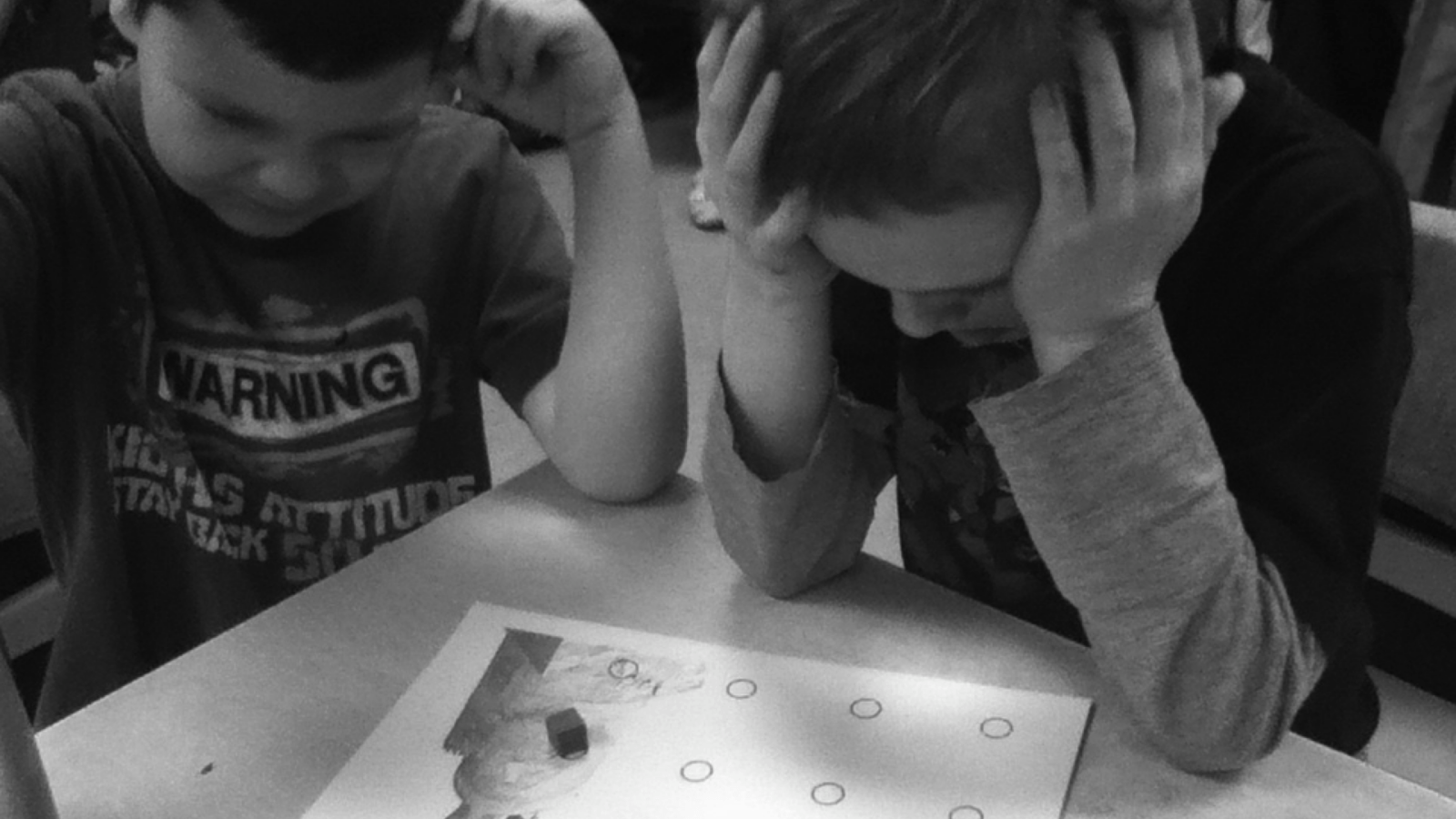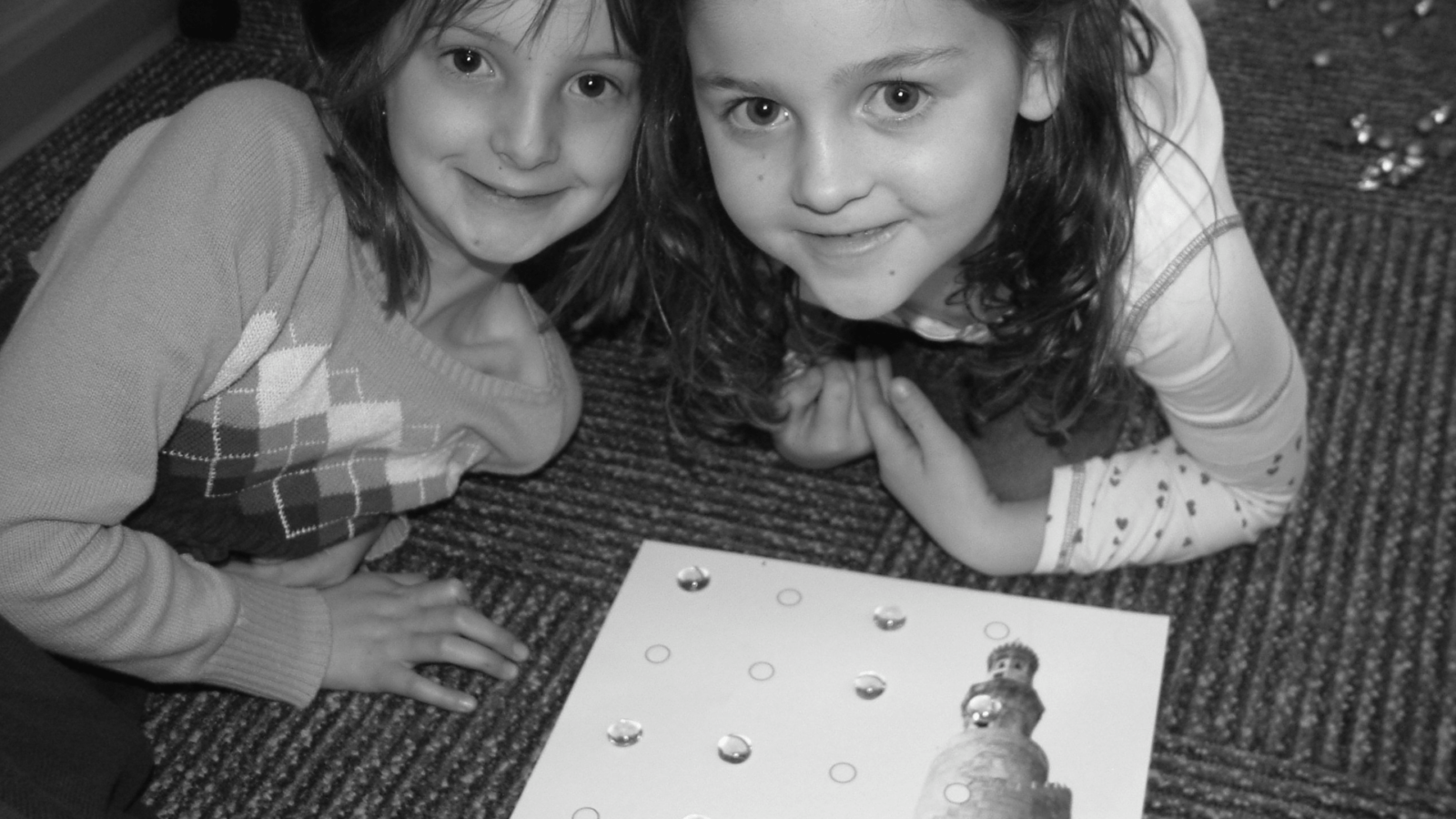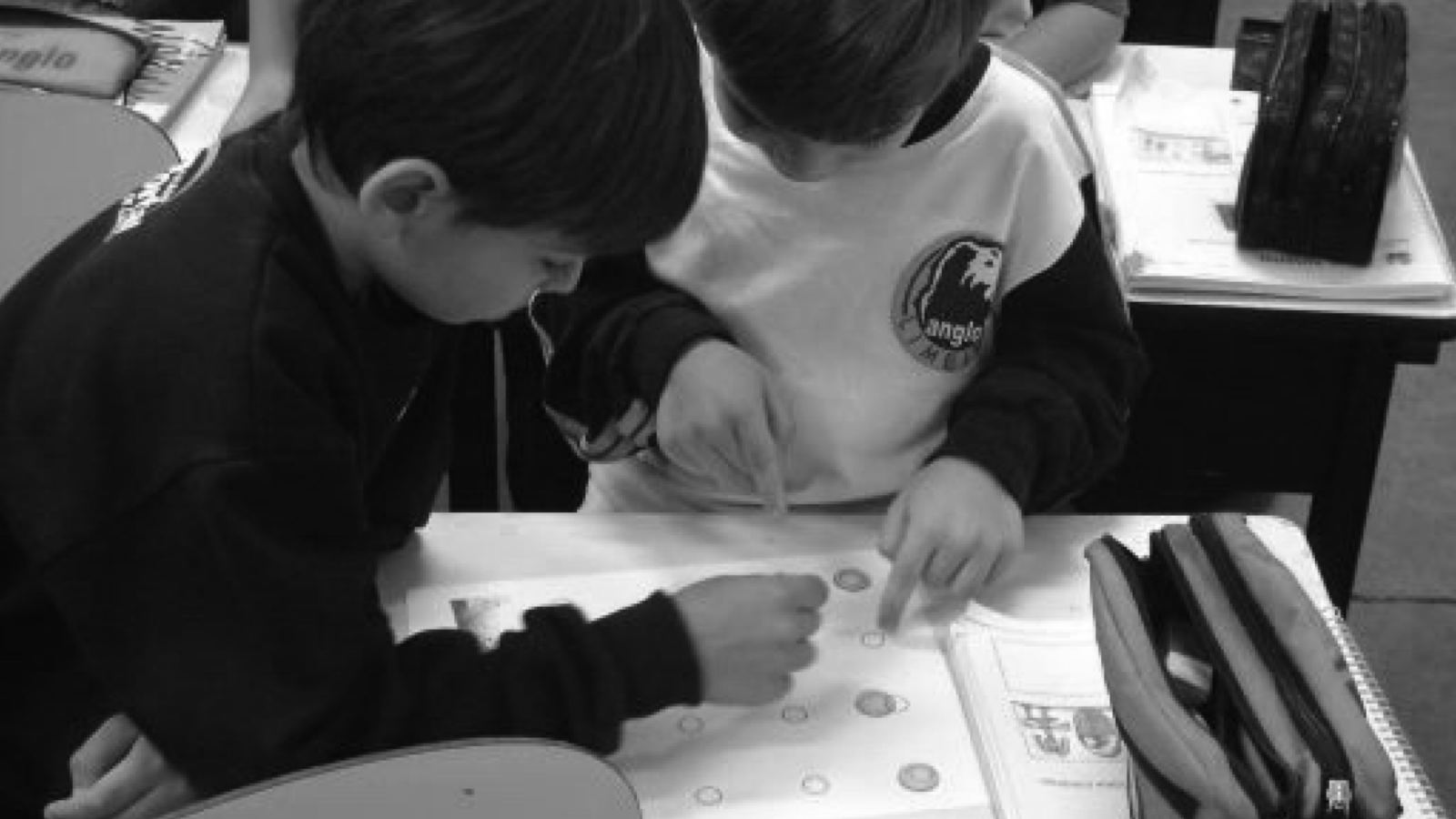No three in a line puzzle
(Henry Dudeney, 1917)
This is a great idea to get your students thinking about patterns. Watch the video above first.
There are some changes that improve the experience:
1) I now start the class by getting them to solve the 3×3 city with six skyscrapers. Persist until it is solved. Then I start them out on the 4×4, but aim for a classroom failure before releasing them to solve the 4×4 puzzle in pairs.
2) Although manipulatives (like the ones you see being used in the video above) have big advantages, I like student work to be preserved over time, so I now use pen and paper. I say “pen and paper” rather than “pencil and paper,” because students should get into the habit of preserving and learning from their mistakes – not erasing them.
Download the pdf of the 4×4 and 6×6 puzzle sheets here.
The above video is from a class I visited in 2011! Below is the same problem from 2022.



Standards for Mathematical Practice
MathPickle puzzle designs engage a wide spectrum of student abilities while targeting the following Standards for Mathematical Practice:
MP1 Toughen up!
This is problem solving where our students develop grit and resiliency in the face of nasty, thorny problems. It is the most sought after skill for our students.
MP3 Work together!
This is collaborative problem solving in which students discuss their strategies to solve a problem and identify missteps in a failed solution. MathPickle recommends pairing up students for all its puzzles.
MP6 Be precise!
This is where our students learn to communicate using precise terminology. MathPickle encourages students not only to use the precise terms of others, but to invent and rigorously define their own terms.
MP7 Be observant!
One of the things that the human brain does very well is identify pattern. We sometimes do this too well and identify patterns that don’t really exist.